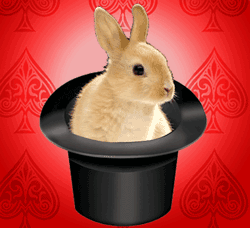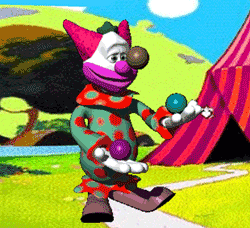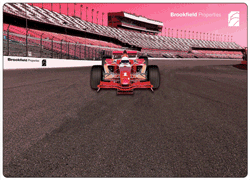What is Lenticular Printing?
A Background on 3D Lenticular Printing
- Lenticular printing is a technology in which a lenticular lens is used to produce images with an illusion of depth, or the ability to change or move as the image is viewed from different angles.
- Examples of lenticular printing include prizes given in Cracker Jack snack boxes that showed flip and animation effects such as winking eyes, and modern airport advertising graphics that change their message depending on the viewing angle.
- This technology was created in the 1940s but has evolved in recent years to show more motion and increased depth. Originally used mostly in novelty items, lenticular prints are now being used as a marketing tool to show products in motion.
Len·tic·u·lar
/lenˈtikyələr/
- Shaped like a lentil
- Of or relating to the lens of the eye.
- A lenticular is a combination of a special lens and an arrayed image that simulates animation or depth. Autostereoscopic images refer to pictures that take advantage of how our eyes and visual cornea process the two images that the left and right eyes receive. They interpret them as depth and 3-dimensionality. A lenticular uses the movement of our bodies in relation to produce a pseudo-hologram that might look like a person running, an apple popping out of a flat poster, or a distant car approaching.
- There are two parts to a lenticular. The Lenticules, or the series of elongated plastic lenses, focus, magnify, and direct the right parts of the picture to your eyes. The interlaced background image (apart from an overlaid lenticule) looks like a jumble of several pictures. Actually, the assembly is made of stripes of a number of images divided vertically or horizontally that are interlaced such that only one slice of each image lies behind each lenticule.
- The various images are revealed in sequence to the viewer as you look at the picture from different angles, such as walking by a poster or tilting a hand-held card. The lenticular controls which slices you see at which angle, such that together you are only seeing one reassembled, whole image at each point in time. Through rapid movement, or with smaller lenticules, the images blur together into depth or motion.
We offer six different lenticular effects to fit your promotional needs:
|
Flip
|
3D Depth
|

Lenticulars can be designed to flip using two separate images. To the viewer, the image appears to change as the lenticular is tilted either side to side or up and down.
|

A Lenticular image can also be designed without movement, but with an eye-catching 3D image that can be viewed without the use of special glasses.
|
|
Animation
|
Zoom
|

Up to 50 frames may be used to create amazing animation effects that totally fool the human eyes. Perfect for hand drawn images, TV cartoon sequences or even computer generated sequences.
|

Lenticular images can also be designed to create a zoom effect using a single word or perhaps a company logo. As the lenticular is tilted, the image appears to zoom toward or away from the viewer, going from a little image to a large image and back to little again.
|
|
Morph
|
Motion
|

Another design option for Lenticulars features motion that allows the image to gradually change - or "morph" - from one image to another.
|

Use up to 50 video frames to create stunning motion effects. Perfect for sports or motoring action and key sequences from new film releases.
|
|
|
|
